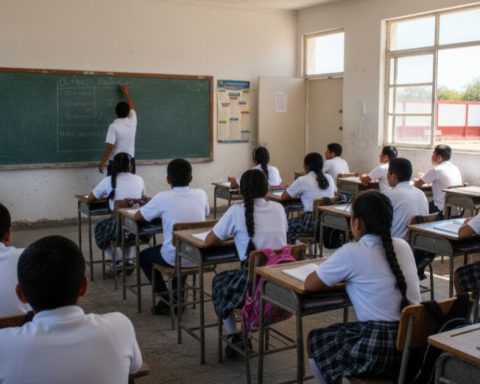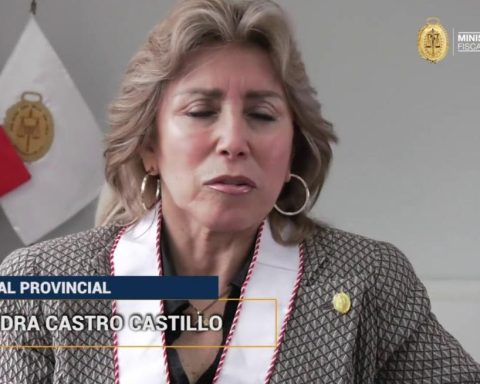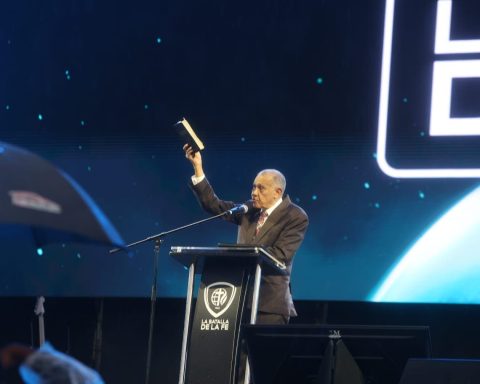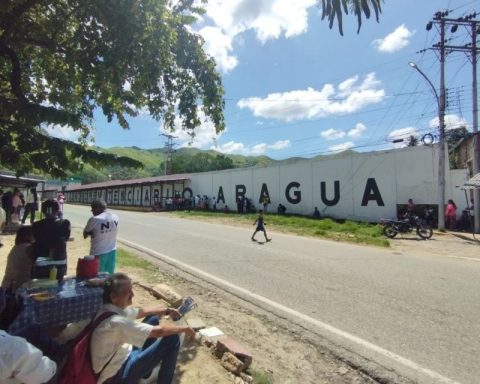S
Let us allude to enthusiasm to the group Youth for the Reform
who held the rally last Wednesday in front of the UNAM Rector’s Office. Teaching staff and students from the National Polytechnic Institute, the Metropolitan Autonomous University and our UNAM met to announce that these and other institutions will demonstrate in the future in favor of judicial reform.
Student power is a powerful engine that confronts the retrograde currents that generate inequality and injustice. In all times, oppressed peoples say enough! sooner or later.
During the event, the content of the reform to the Judicial Branch was explained. Three of the main myths about the proposal are the following:
Myth 1: Any unprepared person can be a judge
Reality 1: Candidates must have a law degree, with five years’ experience for ministers of the SCJN and magistrates of the TEPFJ and three years for district judges and circuit magistrates, as well as an average of 9 in the subject in which they will work, not have been federal officials and have impeccable ethics.
Myth 2: Morena and the president will appoint ministers, magistrates and judges
Reality 2: The three branches of the Union will propose the candidates. The Senate of the Republic will validate that they comply with the requirements of the law and will select the best profiles and, by means of a drawing of lots, three candidates will be chosen for each position.
Myth 3: The reform will affect judicial independence
Reality 3: Judicial processes will become transparent and judges will stop serving the interests of a few and will genuinely serve the people.
Other clarifications are as follows: Regarding its integration and operation: a) the term of office of ministers is reduced from 15 to 12 years; b) life pensions for current and future ministers are eliminated; c) remunerations are adjusted to the limit established for the Presidency of the Republic.
Regarding popular election: a) all ministerial, judge and magistrate positions will be renewed once in 2025; b) they will subsequently be renewed in a staggered manner every three years in federal elections; c) those who currently hold a position will be able to participate in the election and be ratified.
What will the election be like? The three powers of the Union propose equal and parity candidates. The Senate will verify that the candidates meet the requirements. The INE will organize the election, count the votes and publish the results. There will be no public or private funding, but there will be time on radio and TV to broadcast proposals and profiles. Political parties will not be able to intervene or campaign.
As regards the reform of the Judicial Council, it will be replaced by two autonomous technical bodies. The Judicial Disciplinary Court will be responsible for investigating complaints against ministers, magistrates, judges and judicial personnel for acts contrary to the law (such as corruption and concealment, among others). The Judicial Administration Body is responsible for the administrative functions of the judicial career and internal control.
Other aspects that will be announced as information becomes more available to the public will give greater certainty about what the reform of the nation’s Judicial Branch is. One of the most controversial points with the current practices within the composition of the SCJN is traditional nepotism. In the case that someone aspires to join this institution today, it is a difficult process. Only those who have some contact or, as we colloquially know, some lever
you will be able to achieve your goal. Otherwise, you will have to wait for someone to provide you with the necessary support for this.
Referring to the houses of study is an action that brings with it sympathy or, as in the past, revenge that meant a reason for confrontation. Belonging to one or the other was a reason for pride and a deep identity. What in previous years was a reason for some suspicion and deep competition, is now a reason for solidarity and fraternity, at least that is what can be observed at first glance.
For this reason, we have lovingly collected some paragraphs from the hymns of UNAM, the Polytechnic and the UAM:
To reach the sublime ideal. And a tomorrow of light will be ours. The triumphant diadem of the fatherland. University, University. The spirit will speak through my race.
Polytechnic, a forge lit with the spark of creative genius, forges its new structure in you, our noble and thriving nation. At the dawn of a fortunate day, the Revolution gave you life; a star placed you in your hands, may it not extinguish its pure glow!
You are the seed and the future of a diverse Mexico, a root that breaks down the wall, a house open to the universe.
* Collaborated by Ruxi Mendieta















